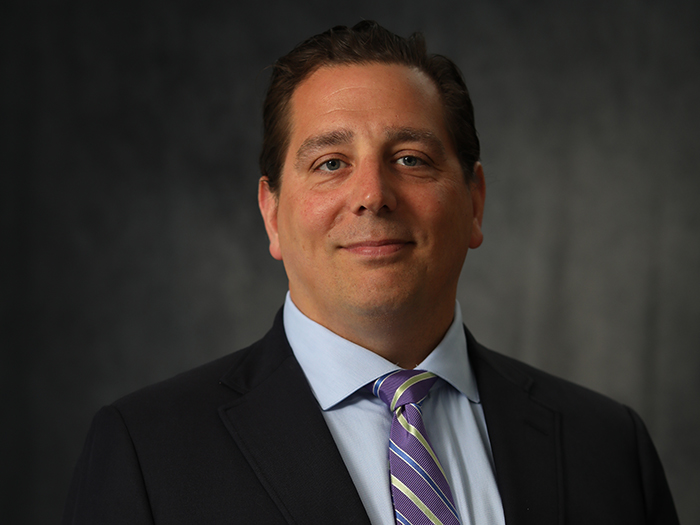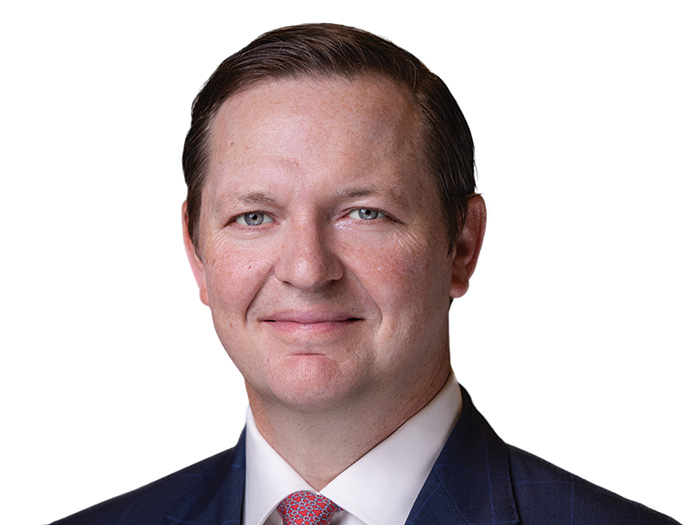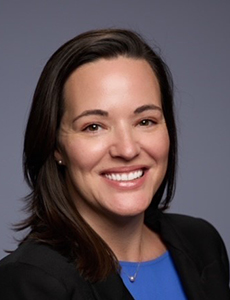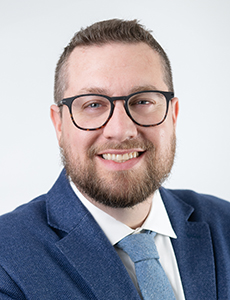Teddy Award Winner
Healing From Within
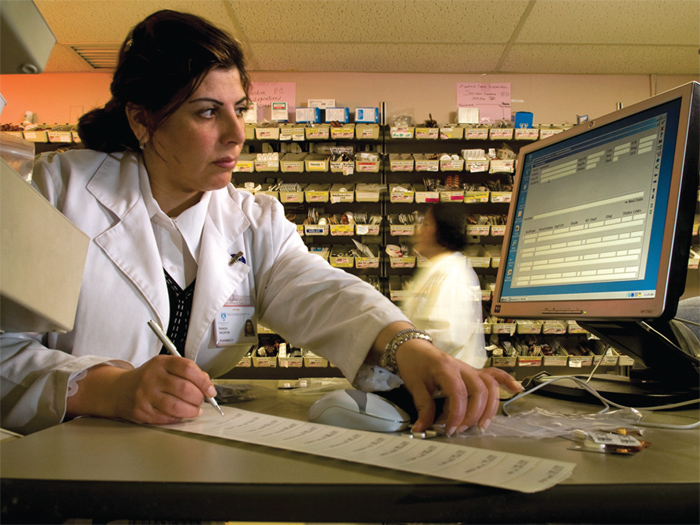
By the time Theodore Roosevelt graduated from Harvard University in 1880, Massachusetts General Hospital had been operating for nearly 70 years as the teaching arm of Harvard Medical School. Young Teddy might have been surprised to learn that 133 years hence, Mass General would be part of a network employing 65,000 people … all of them protected by the workers’ compensation legislation he would introduce in 1908.
And if you had told him that such a network would win an award for excellence in workers’ compensation programs — an award named for him — well, he probably would’ve thought that was just bully.
Partners HealthCare is an integrated health care system formed by a partnership of MGH and Brigham and Women’s Hospital (BWH), two of the country’s leading academic medical centers.
MGH conducts the largest hospital-based research program in the United States, and is the largest non-government employer in Boston, with more than 22,000 employees, including physicians, fellows, residents, researchers, nurses and more.
BWH has more than 14,000 employees including about 3,000 nursing staff. It is one of the nation’s leading transplant centers, and New England’s largest birthing center, with about 9,000 babies born there annually.
Partners HealthCare (PHC) also encompasses 11 additional community and specialty hospitals, a managed care organization, a physician network, home care and other health-related services.
PHC’s self-insured, self-administered workers’ comp division was created in 2000 to improve claims services and patient outcomes for employees injured at work. The program applies a unique clinically driven model, which employs an occupational health nurse practitioner (OHNP) as the main provider and case manager for claims.
The framework for claims management incorporates clinical information with technical claims expertise for the most efficient and effective claims administration that assists employees in navigating the workers’ comp process while keeping the employee connected to the work environment. The success of this model is based on the synergy between the OHNP and the claims adjuster.
“The claims management system includes everyone,” said Kurt Westerman, corporate director of human resources at PHC. “That includes the occupational health nurse leading the treatment and the claims adjuster, but also attorneys and others involved in the case.” In many situations, he said, delays and complications arise not from disagreements but simply from the linear nature of records and case management moving from one party to another.
“We want to get the important parties, the worker, the occupational health nurse, the claims adjuster — everyone — into the conversation as soon as possible.”
— Kurt Westerman, corporate director of human resources. Partners HealthCare
PHC’s system is faster, more efficient, and builds both consensus and collaboration, he said.
“Shorter duration claims mean employees move more quickly back to work, and also mean simpler cases for the insurance adjuster,” said Westerman. “In 90 percent of the cases, the workers get all their care from our own occupational health staff. We find it unusual to have to go outside to specialists.”
That might seem obvious given PHC’s vast resources. But the key factors contributing to the program’s success are both the system by which all those resources can be brought to bear, as well as the teamwork to make it happen.
Metrics Drive Performance
“We are in an environment where quality and safety are major concerns,” said Westerman, “and we increasingly look for metrics to drive performance.”
PHC has been conducting a benchmarking project with Johns Hopkins for more than a decade to help create a structure that allows for efficient operations but also encourages cross-pollination.
“We are developing deeper and broader metrics than anyone might have imagined when we started,” said Westerman. “That leads to substantial savings. Finance is also part of my responsibility so I can attest that these initiatives do not just yield better patient outcomes, they also save money up and down the line.”
One example is that the organization’s workers’ comp costs are level with where they were about a decade ago. That’s no small feat considering the well-documented steep increases in health care costs during that time, combined with the fact that PHC is about a third larger today that it was 10 years ago.
As for the care itself, Westerman noted that his hospitals strive for optimum outcomes. “We are not cheap, but we believe we are the best value. In our workers’ comp care, just as in our general and specialized care for outside patients, we focus very much on the clinical model. For workers’ comp, we have been adding components to that, such as ergonomics.
“We want to get the important parties, the worker, the occupational health nurse, the claims adjuster — everyone — into the conversation as soon as possible, and with a different mind-set.” That mind-set is to get the worker better and back on the job as quickly as is prudent, and then to explore the cause of the injury and the options for prevention.
Collaborative Creativity
Over the past several years, PHC has implemented several innovative strategies to reduce the frequency and/or the severity of workers’ compensation losses. In just the past year, as the health care industry has become more and more fiscally challenged, the occupational health clinical team and the workers’ compensation program staff have worked collaboratively and creatively to identify new strategies to control workers’ compensation costs.
The key to that has been the focus on the nurse case manager program in an effort to achieve maximum medical outcomes and quicker return to work. PHC has documented that when a nurse case manager is involved, lost time can be reduced, medical expenses more accurately reflect what is reasonable and necessary, and duration of disability is minimized.
Beyond the expansion of the nurse case manager program, PHC has also initiated board-certified occupational and environmental medical physicians at all sites, and is obtaining renewal of a National Institute for Occupational Safety and Health grant for injury prevention under its Be Well, Work Well initiative.
Partners received this grant renewal for $2.3 million to develop a feasibility study that was implemented in January 2013. Four inpatient care units at MGH volunteered for this program.
Further, PHC is in the process of linking patient safety to employee safety using its Get a Lift initiative for safe patient mobility.
As Westerman noted, ergonomics is playing a larger role in injury prevention, and that effort is being coordinated through the expansion of an interactive ergonomics website. Other facets of the overall workers’ comp program include the expansion of PHC’s online incident reporting system, a pilot program for clinical staff on early intervention of musculoskeletal discomfort at work and expanded use of the organization’s electronic claims management applications.





